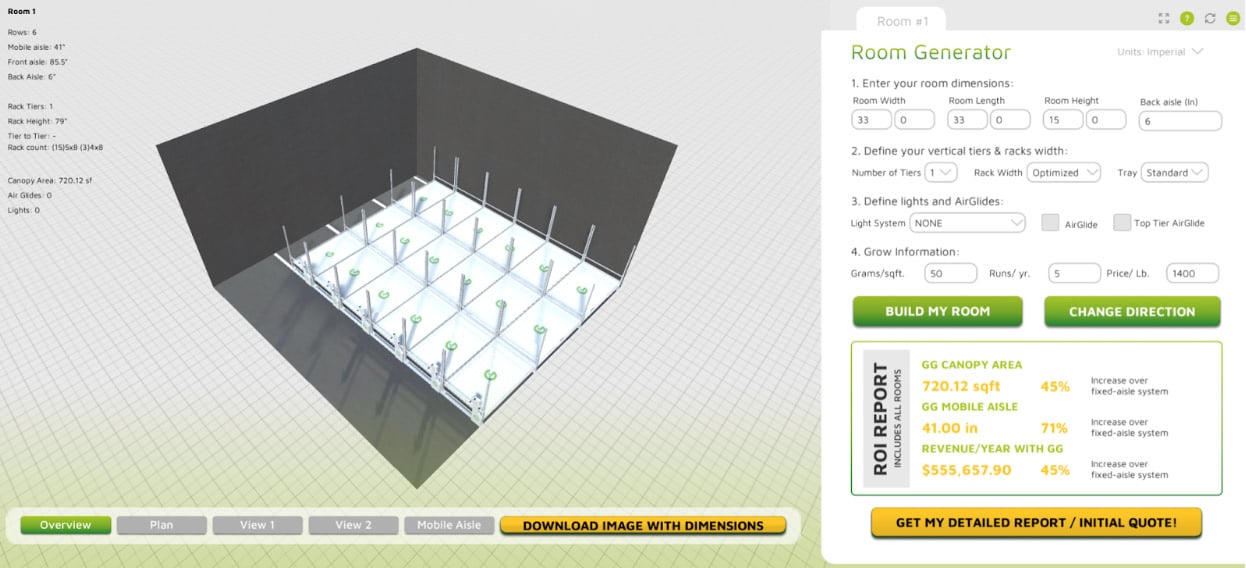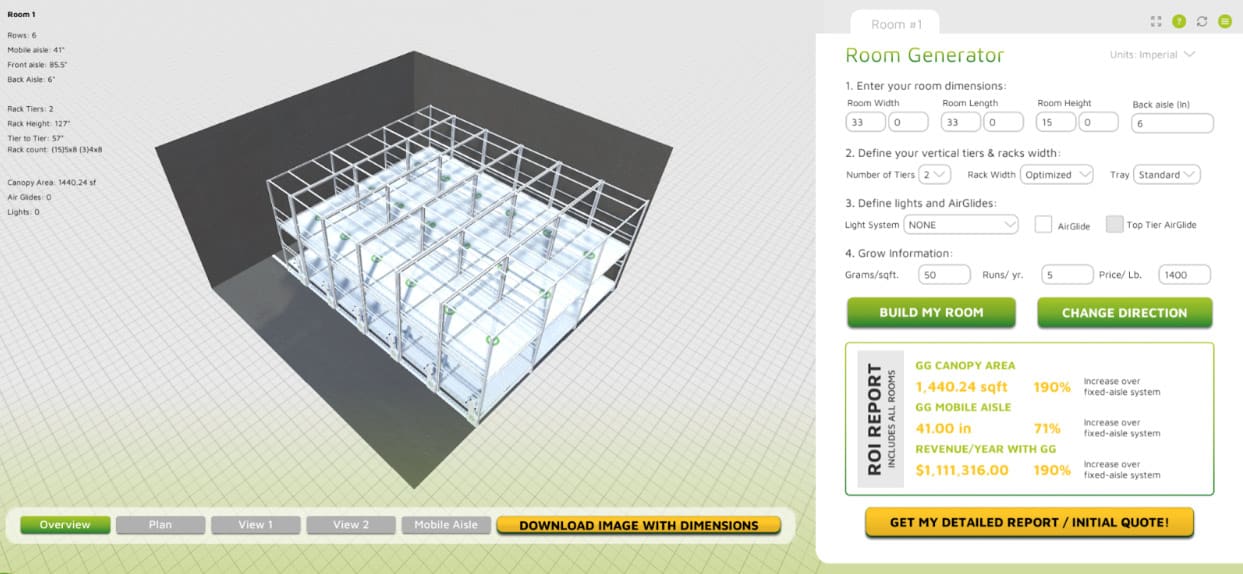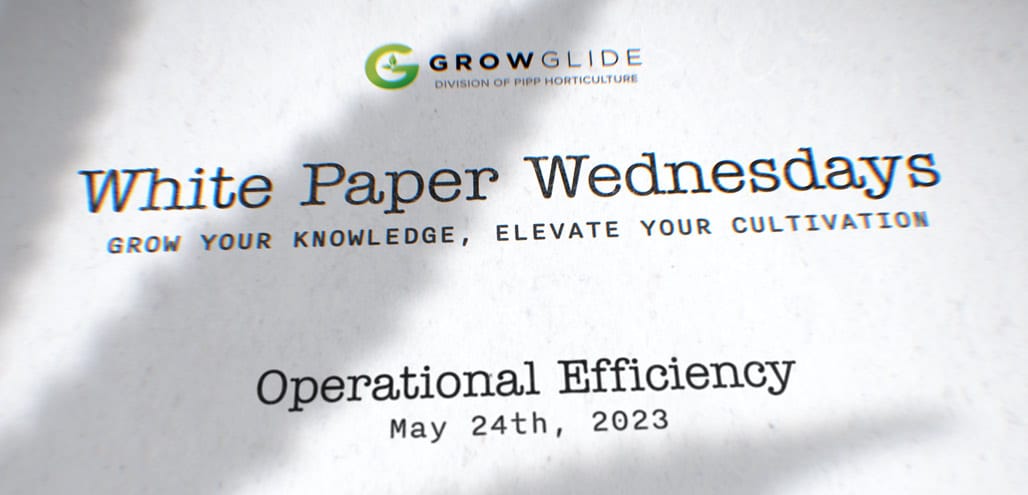
The cannabis industry is highly competitive, with the average consumer having more options than ever to choose from. Businesses must capture market share, stand out on crowded shelves, make products that customers want at a price they are willing to pay, and build a brand that resonates. But how do you get the quality, the quantity, the consistency and the opportunity to become an established brand in cannabis? It all starts with operational efficiency.
What Is Operational Efficiency?
Operational efficiency is the ultimate metric that allows you to remain competitive. A straightforward way to think about this is the metric of cost of production for one pound. If it costs you $700 to produce a pound of cannabis and it costs your neighbor $500, your neighbor will sell their product for $600 until you become a distressed asset. This is a simplification, but operational efficiency makes you cost-competitive, futureproof, scalable, profitable, and able to make payroll and reinvest in your business. The less it costs to produce a pound, the more you increase your margins and the more profitable you become.
Optimizing Your Operational Efficiency
To optimize your operational efficiency, you have to understand how to measure it. There are several perspectives on this: The Resource Innovation Institute (RII) has the PowerScore, energy companies have energy audits and engineers can help optimize mechanical solutions that influence productivity, but as this white paper points out, there is a weak statistical infrastructure, lack of data transparency, insufficiency survey data and a lack of fundamental baselines for information collection.
Productivity can be simply a ratio of measured outputs to measured input, but what inputs and outputs are most important to a cannabis cultivation facility can depend on the business model. Each facility needs to establish its own “rules” that outline key performance indicators (KPIs) and then drive those performance metrics to optimize productivity. All that said, there are a few things we can all agree on.
- There is no single statistic that tells the whole story of operational efficiency.
- For operational efficiency to be useful, we need to take a microeconomics perspective with simplified assumptions, averaged inputs, and averaged outputs.
- While technology and labor efficiency can impact overall operational efficiency, so does the price per pound (quality).
- The more grams per canopy square foot you produce in a facility, the more efficient a facility will be (quantity).
- One great batch of flower will not make a business successful. Cultivation must be consistent to serve the market and gain customer confidence (consistency).
- Facility design, specifically room utilization, will be the ultimate limiting factor in optimizing operational efficiency.
- Grams per square foot, price per pound, standard operating procedures (SOPs), environmental control, input costs, and mechanical efficiency might all be secondary if your brand provides a value add.
So what are some powerful takeaways from this whitepaper that allow facility owners to make more informed decisions regarding the allocation of resources?
The Production Frontier: The type of inputs and resources that can be used in the production process defines production technology. The production frontier corresponds to combining inputs that generate the maximum attainable output. We can say the frontier has been “reached” when available inputs are used optimally.
mm
Technical Efficiency: Balancing the benefits of technology can be challenging. Does a more efficient solution yield a more efficient operation? Can you harness more powerful technology to increase production? Technical efficiency requires more inputs and needs to be balanced with outputs. An example might be high PPFD lighting. Are the energy draw and supplemental needs worth the increase in quantity and quality?
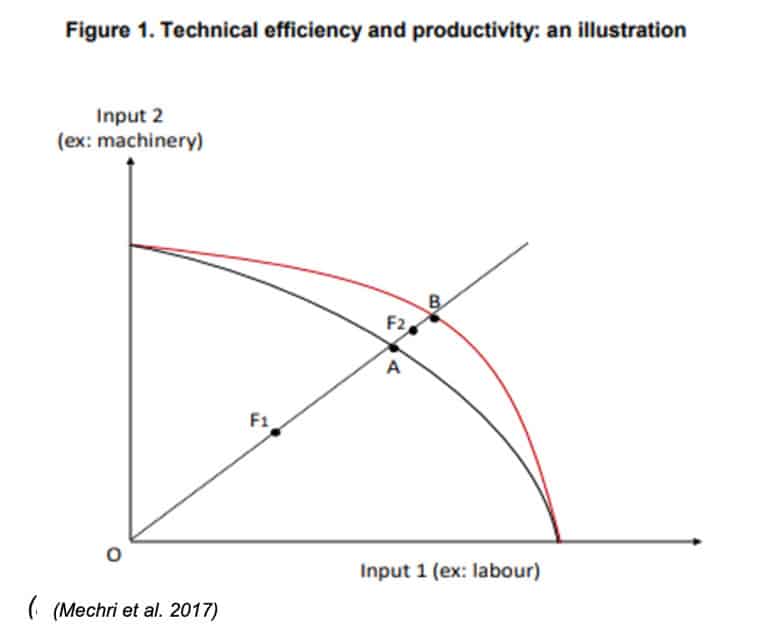
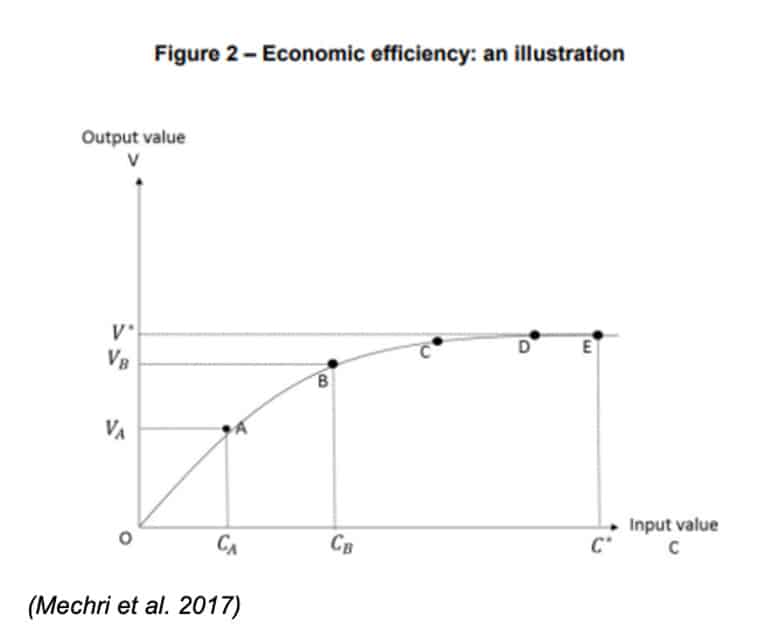
Land Productivity: While generally discussed in terms of the production of outdoor crops, this applies to cannabis in the form of cubic room utilization, the gross income or revenue generated by a given unit of “land.” In other words, cultivators need to consider how much money they generate per unit while considering energy usage. Wasted space is one of the most inefficient aspects of a cultivation facility. It’s like having a tenant that occupies your upstairs — but doesn’t pay rent.
Labor Productivity: Effective training, management, expectation setting and tools for employees to get the most out of their time spent in the facility are essential. Labor productivity can be measured in grams produced per hour of labor, but that is just a ballpark number. The quality of the work is important too. Consider the difference between integrated pest management (IPM) applications applied thoroughly versus haphazardly. The difference is pest control versus compromised production from your plants. This is where automation plays a role. What can you automate to reduce errors and free up skilled labor, minimizing risk and increasing production?
Capital Productivity: The cannabis industry is still developing. There is no book or Youtube video on how to do it right. As a result, there is an opportunity for massive risk and reward. Spend capital appropriately, and you may discover the “best” new way to produce cannabis. Conversely, spend money poorly, and you will lose crops, people and profits. Understanding how to efficiently allocate capital in the design, retrofit or ongoing management phases is critical to the long-term health of your cannabis business. One simple way to think of it is: Capital productivity = Volume of output / Volume of capital input
The Takeaway
In the end, the cannabis industry is not a science experiment, it’s a serious business, but there are many unknowns.
For example, Mechri et al. state in the white paper: “What is aggregate data without baselines across states or production metrics without reference. This limits the confidence that may be placed in highly aggregated measures of productivity growth and renders its interpretation delicate and inspired authors, such as Cornwall (1987), to consider Total Farm Production ‘as a measure of our ignorance.’”
To be successful in today’s market, you need accurate data. You need to understand the source of that data, how it was collected and how it impacts your performance goals. Without a deeper assessment of technology, labor, capital expenses, room utilization and their impacts on quality, quantity, consistency, and operational efficiency, your business will not survive the evolution of the cannabis industry.







